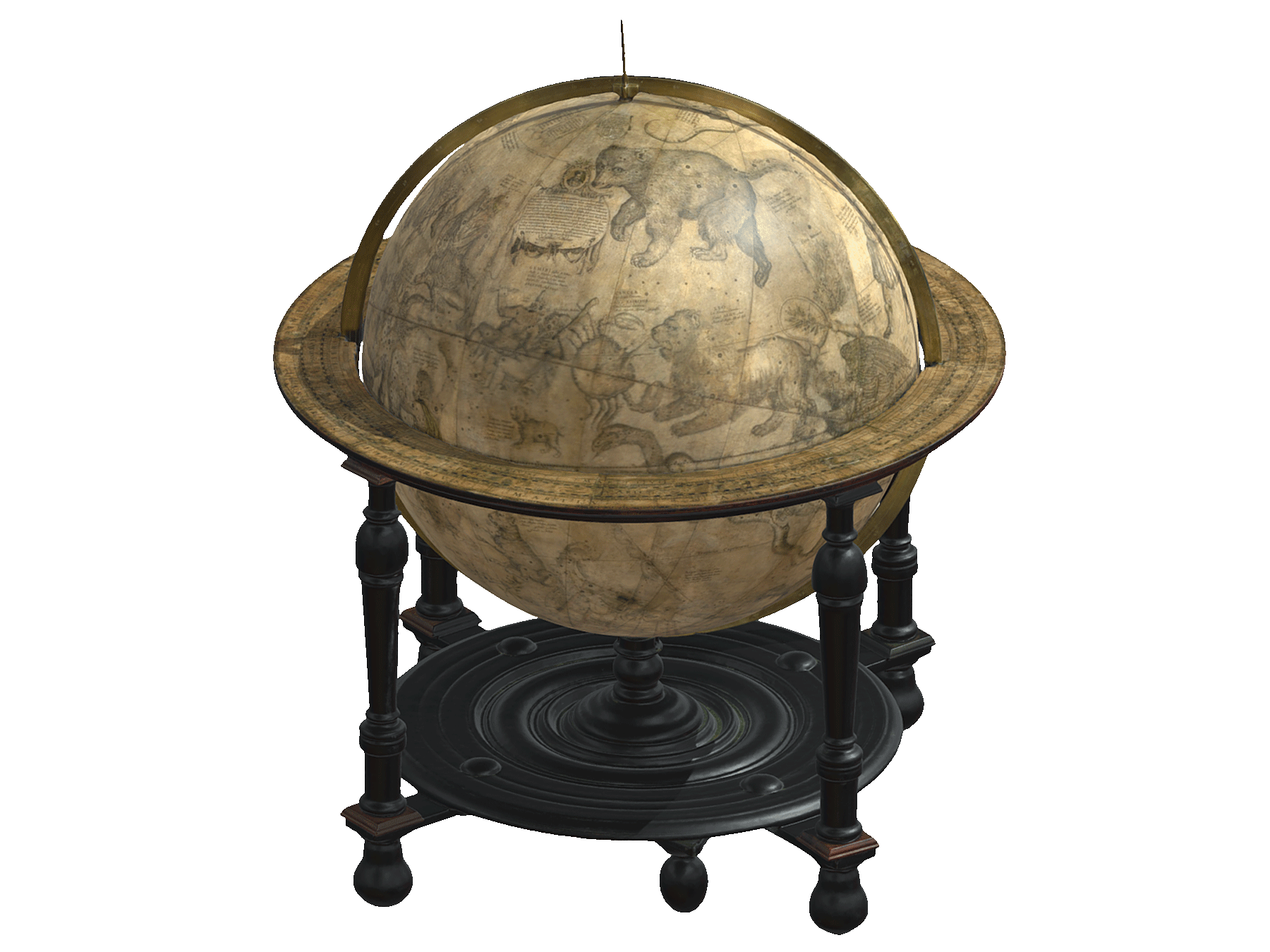Joseph of Arimathea, Empty Tomb
Joseph of Arimathea
The evangelists mention Joseph of Arimathea in connection with the burial of Jesus. As a wealthy man, he owned a stone tomb near Calvary prepared for himself. Summoning courage, he went to Pilate to request Jesus’ body and permission to bury it before the Sabbath. Joseph purchased a shroud and spices, and together with Nicodemus, hastily embalmed Christ’s body and placed it in his own tomb.
Empty Tomb
The resurrection of Christ is the foundation of Christian faith. While the evangelists provide detailed descriptions of the Crucifixion and Death of Christ on the Cross, the Resurrection lacks details. The Gospel of Matthew (28:2) only mentions an angel descending from heaven, rolling back the stone from the tomb, and sitting on it. The important message conveyed to the women who arrived at the empty tomb is: “His appearance was like lightning, and his clothes were white as snow… The angel said to the women, ‘Do not be afraid, for I know that you are looking for Jesus, who was crucified. He is not here; he has risen, just as he said. Come and see the place where he lay.'”
Płock Doors
The Płock Doors, also known as the Magdeburg, Korsun, or Sigtuna Doors (Russian: Магдебургские врата), are bronze doors once located in the Cathedral Basilica of the Assumption of the Blessed Virgin Mary in Płock. A monument of Romanesque art, the original doors are currently in the western portal of St. Sophia Cathedral in Novgorod the Great, Russia, while a bronze cast (replica) has been in the Płock Cathedral since 1982.
Research indicates that the doors were likely in Płock for about 250 years before adorning St. Sophia Cathedral in Novgorod the Great in Rus. It is unknown how the doors ended up in Novgorod. According to a 15th-century legend, they were brought from Byzantium by Prince Vladimir the Great through Korsun in Crimea (hence the name Korsun doors), which is not possible.
Some historical hypotheses suggest they were plundered in the 13th century by the Lithuanians during their raid on Mazovia. Other historians believe they were a gift from the Polish clergy or Płock princes to Prince of Novgorod, Lingwen Olgierdowicz, brother of Władysław II Jagiełło. According to some sources, they arrived in Novgorod as early as 1170, soon after their creation, while others suggest before the mid-15th century. According to a version announced in 1823 by Friedrich von Adelung, the doors are a military trophy of the Novgorodians (specifically Karelians, Estonians, Izhorians, and northern Russians), who captured them in 1187 during an expedition to the then capital of Sweden, Sigtuna (hence the 19th-century name Sigtuna doors).
The doors for the Płock Cathedral were commissioned by Bishop Alexander of Malonne (d. 1156). Master Riquin, with assistant Waismut, cast them in bronze using the lost-wax technique between 1152-1154 in one of the Magdeburg foundries. It is uncertain if it belonged to the local fabrica ecclesiae, operating at the cathedral, managed by Bishop Wichmann von Seeburg (c. 1110-1192).
Figures of bishops and craftsmen are among the reliefs, to which a depiction of the Russian foundry master Abraham was added in the first quarter of the 15th century. He adapted the doors for the western portal of St. Sophia Cathedral in Novgorod the Great, adding Russian inscriptions translated from Latin in Cyrillic. It is hypothesized that the doors were plundered from Płock at the end of the 13th century and, after various fortunes, were hung as a “copper icon” in an Orthodox church in the early 15th century.
3D models
)
)
)
)
)
)
)
)
)